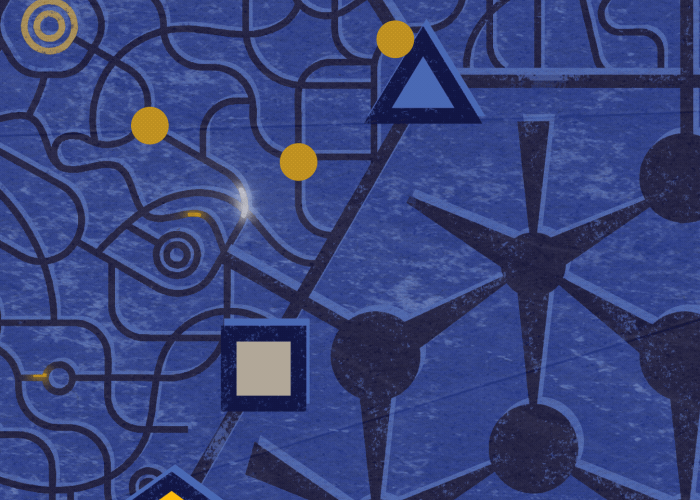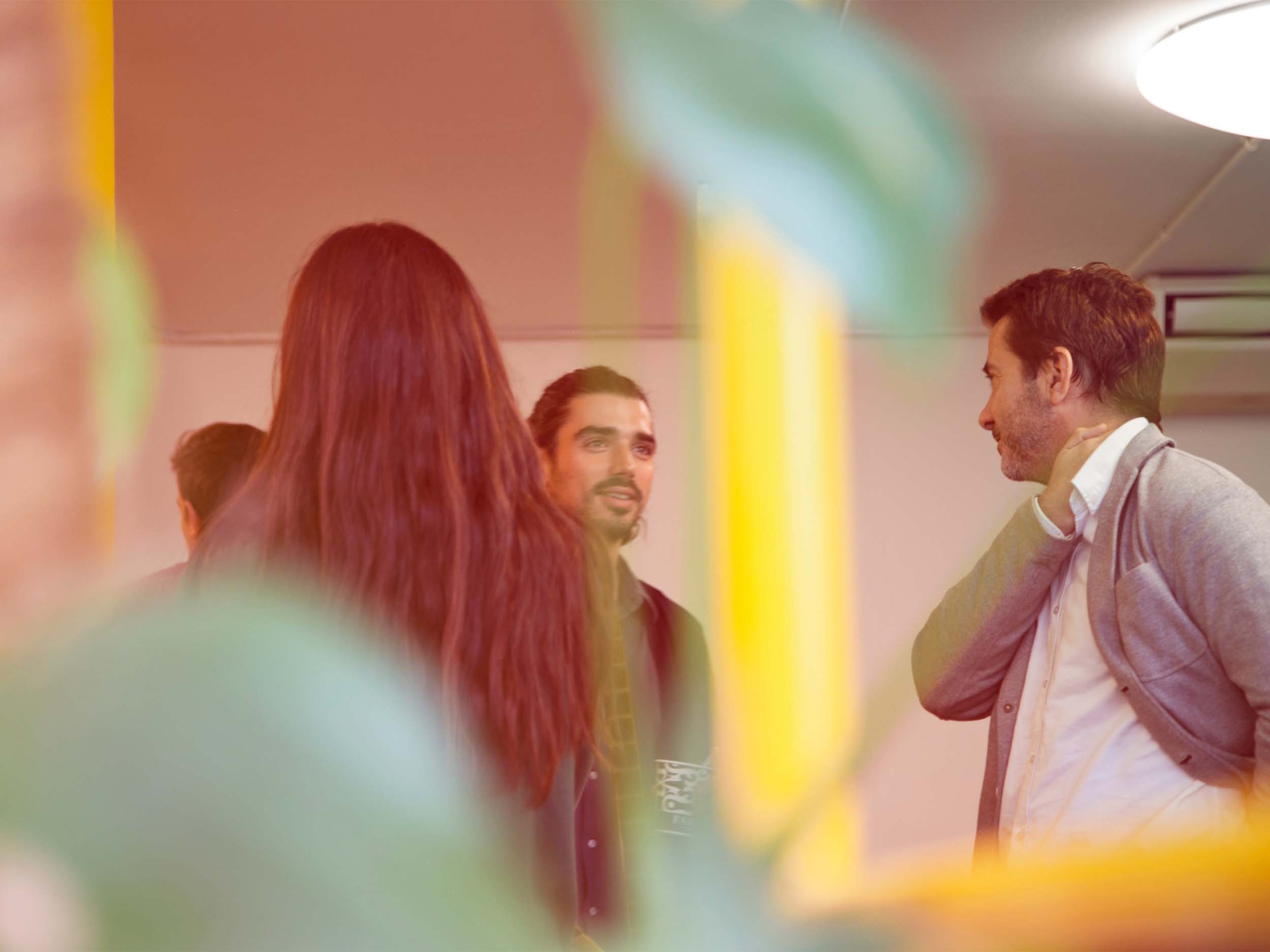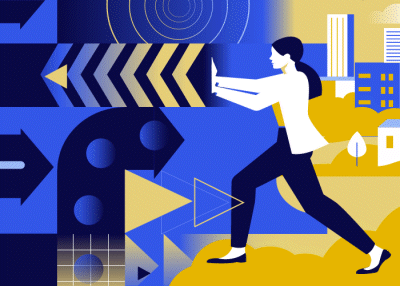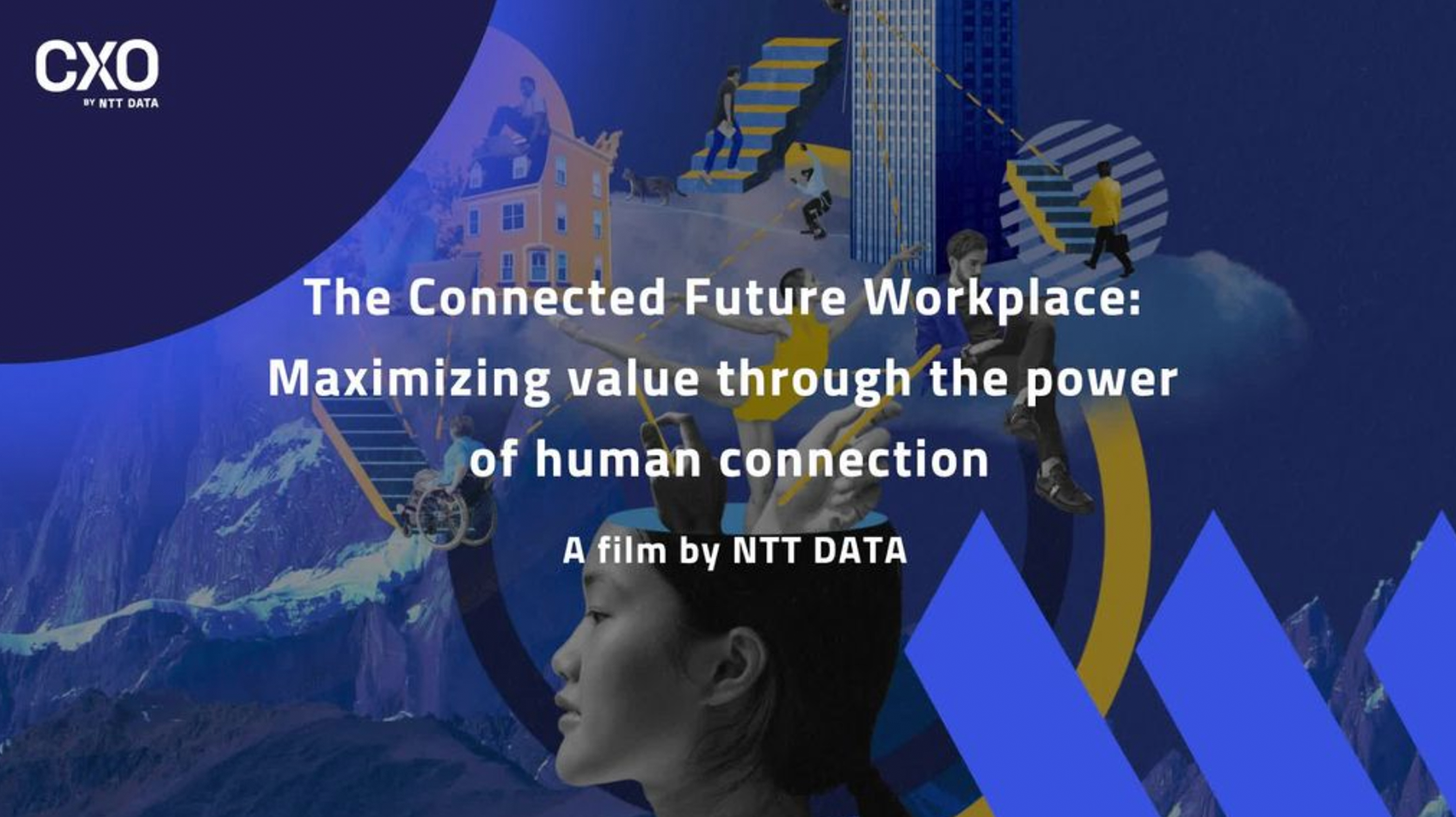
Reimagining the corporate landscape in line with new forms of, and demands for, human interaction involves understanding the needs of employees as much as customers. Whether in person or virtually, we all have an innate desire to connect with other humans. The ‘new connectivity’ is about the need to secure existing paths of connection, and identify new ones. For businesses to thrive, they need to develop this new connectivity; it requires innovation, agility and humanity – or businesses risk losing everything.
Businesses unable to modernise simultaneously their thinking and their technology have been shuttering for decades, such as the well-known parable of Blockbuster’s decline from over 9,000 US stores in the late nineties to just one today. Recently, Covid-19 has hastened the demise of major brands, such as Global Brands USA (which licenses All Saints and is a wholesaler to major retailers including Macy’s, Bloomingdale’s and Costco) and Lorna Jane (the Australian activewear retailer), who both filed for bankruptcy in 2021.
Other companies, however, have quickly adapted to the new market conditions. Pet brand Chewy, for example, reported a growth of 24% in their Q3 earnings report in 2021, with their shareholder letter noting a mission to be the ‘most trusted and convenient destination for pet parents and partners’. Looking beyond the traditional focus on customer experience, Chewy has adopted a broader lens to grow the connections between the pet owner, their brand and partners. Remarkably, Chewy has been successfully in a model that previously failed during the dot-com boom.
Who will rise and who will fall in our current (and future) marketplace will be determined by the ability to forge new connections.
New challenges
Today, businesses operate in a patchwork set of working norms, with leaders adapting to a changing landscape. Hybrid, safe, flexible work solutions are here. Just two years ago, no-one would have believed that entire workforces would be working from their homes instead of offices, on virtual video calls for endless hours.
Habits have changed, but the need for connectivity remains a constant.
Habits have changed, but the need for connectivity remains a constant. Having the digital tools in place is not enough, though; understanding holistic customer and employee engagement is essential.
A 2020 study into consumer preferences in times of distress revealed that from mid-March of that year, the number of phone calls with customer service agents jumped from 12% to 100%. As leaders directed customers to work from home and in isolation, their need to interact with another person skyrocketed.
Similar challenges have been reported in the workforce. Fatigue from long spells in front of video calls can have real, lasting physical and mental effects. Employers must recognise and work to alleviate these new workplace risks.
There is also a call for leaders to understand the need for higher connectivity – a cause, a purpose, a mission. And with the new frontiers of boundaryless working, organisations can build truly diverse teams with surprisingly impactful results.
Keeping your people connected
The ‘great resignation’ is a prevalent example of the damaging disconnection between employees and organisations. In 2021, some 38 million workers quit their job in the US alone, with the largest reported resignations in the tech and healthcare industries. One survey of those who resigned last year cited a toxic workplace culture as the primary reason for their resignation, followed by job insecurity and reorganisation. Promisingly, these reasons are very much within an organisation’s ability to solve.
Building the connection between the workforce and leadership means:
Allowing for diverse thought by reducing vertical hierarchies and creating platforms for inclusion and lateral movement;
Understanding the emotional touchpoints of the workforce;
Understanding the interplay between the customer and the employee.
Understanding the needs of the multigenerational workforce
The generational composition of the workforce is approximately 5% Generation Z (born 2000s onwards), 35% Millennials (early 1980s onwards) and 33% Generation X (mid-1960s onwards), with Baby Boomers and Traditionalists (or ‘the Silent Generation’) making up the remainder.
Gen Z, perhaps unexpectedly, are the most pro-office, whereas the now mid-40s and older Gen X prefer working from home, as do the Baby Boomers. Much research has shown that the younger cohorts, Millennials and Gen Z, are the significant players in the great resignation.
Understanding the differing preferences amongst the generations is crucial to ensure the connectivity between all employees is designed with fairness and inclusivity in mind – or else engagement will quickly suffer.
To grow connectivity amongst a workforce with multi-dimensional requirements, leaders can:
Build a diverse, multigenerational workforce that creates policies based on real user needs;
Effectively capture and share knowledge across all teams;
Foster an ethos of open collaboration;
Implement flexible working arrangements to suit the needs of all generations.
Digital tools and powerful analytics drive collective empowerment across the workforce and customer base.
Sharing knowledge and power through technology
Naturally, there is another critical ingredient for effective connectivity: technology and data. Digital tools and powerful analytics drive collective empowerment across the workforce and customer base. In choosing tools, purpose must be at the heart of the decision.
Intelligent organisations choose their technology wisely. Useful questions to ask are:
What’s the connection between technology and customer satisfaction?
What’s the connection between the technology used in day-to-day operations and employee wellbeing?
How can technology be used to deliver training across the workforce that minimises or eliminates the effects of Zoom fatigue?
Which systems get a positive response from your employees (and which do they avoid like the plague)?
Could employee wellbeing software be used to help?
Keep your workforce connected – with flat structures and an open, respectful culture that accounts for differences in age and background – and enterprise tools that are chosen wisely.
For businesses to grow, this new form of connectivity is essential. In practice, this means rising to the new challenges faced by workers today and helping them through, such as recognising the effect of remote working on employees’ lives and changing processes to reduce stress any way possible. It also means keeping your workforce connected – with flat structures and an open, respectful culture that accounts for differences in age and background – and enterprise tools that are chosen wisely.
The success and survival of organisations today hinges on people and fostering the connections between them. By behaving intelligently and sensitively, organisations will not only combat the great resignation, but defend, grow and thrive in the new, post-Covid world.









































